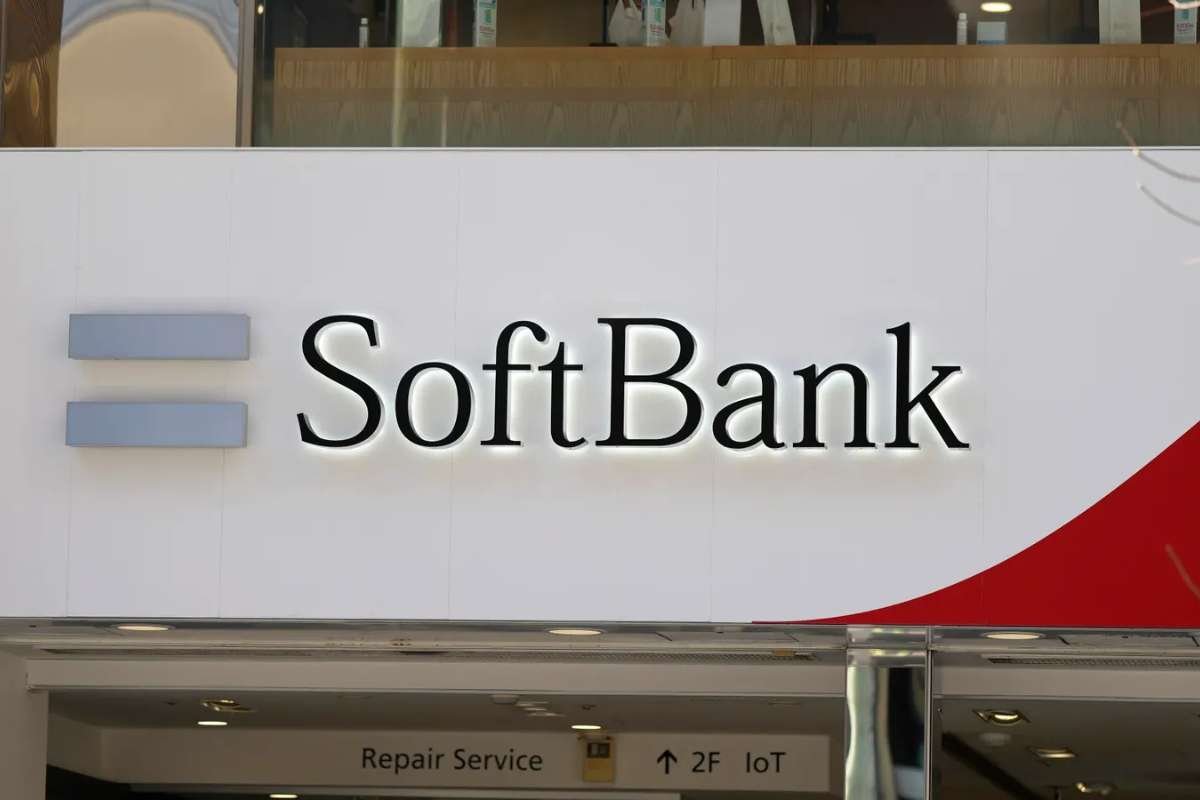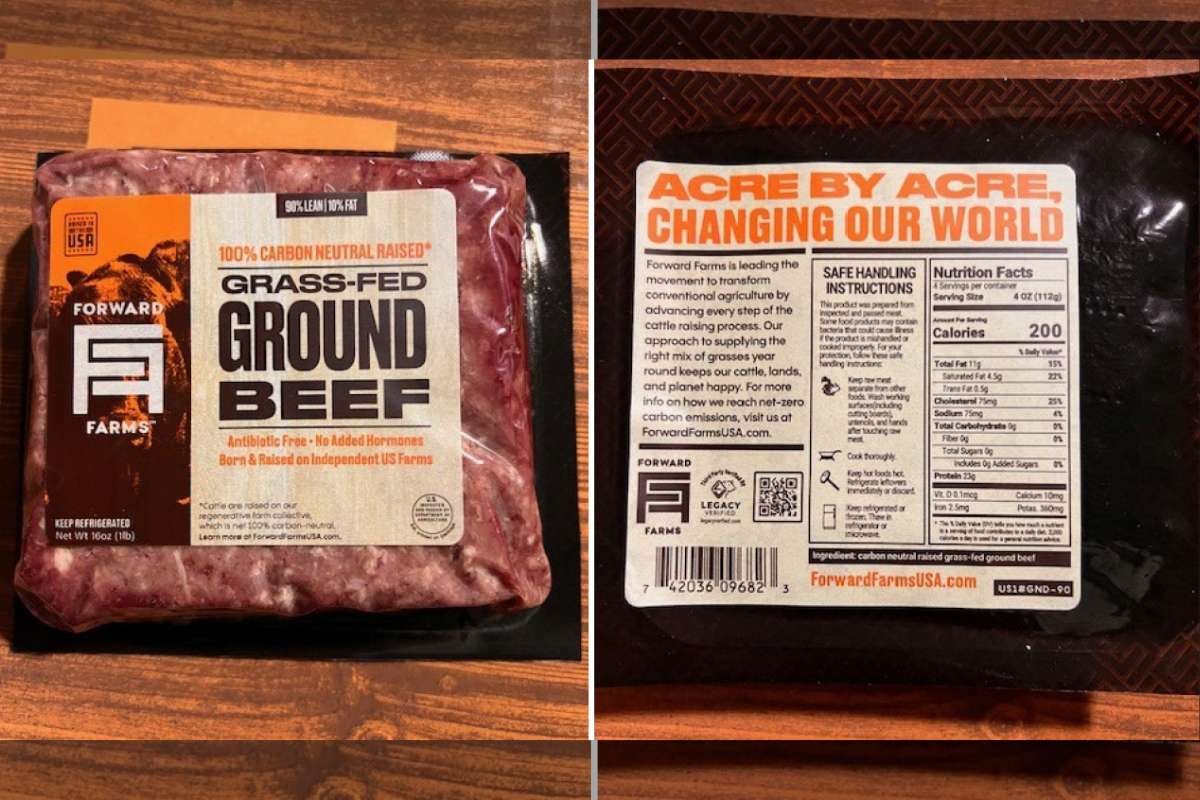In a major move set to reshape the tech landscape, Google has confirmed that Android and ChromeOS will be merged into a single, unified operating system. The news was officially shared by Sameer Samat, Google’s President of Android, during an interview with The Verge. Samat stated that the company is already working on combining the best elements of both platforms to deliver a more seamless user experience across devices.
Although both operating systems will continue to exist in the short term, the underlying platform is gradually being unified. Samat explained that this merger will enable developers to create apps that work effortlessly on both phones and laptops, enhancing the cross-device experience. The goal, he noted, is to build a more consistent and powerful ecosystem that adapts to evolving user needs.
What This Merger Means for Users and Developers?
The merger aims to simplify the user experience by offering a more cohesive interface and application compatibility across devices like smartphones, tablets, Chromebooks, and possibly even smart TVs in the future. According to a detailed report by a Hindustan Times source, this integration could lead to significant benefits such as
- Unified App Ecosystem: Developers will no longer need to optimize separately for Android and ChromeOS. A shared codebase would reduce fragmentation.
- Streamlined Updates: Google may be able to roll out security and feature updates faster by centralizing development.
- Enhanced User Experience: The merger could support better app performance and consistency across devices, including features like drag-and-drop, multi-window support, and more advanced multitasking.
Industry experts believe this could position Google more competitively against Apple’s tightly integrated ecosystem. The goal is to build a single platform that leverages Android’s massive user base and ChromeOS’s presence in the education and enterprise sectors.
Behind the Strategy and Industry Implications
As reported by the Ars Technica source, this isn’t Google’s first attempt at convergence. Previous efforts like the Fuchsia project aimed to unify Google’s operating systems but didn’t gain public traction. This time, however, the company seems committed, with Samat revealing that the merger effort has been in progress quietly for years.
The article highlights that ChromeOS, though based on the Linux kernel and web-first design, already supports Android apps via a compatibility layer. With this new direction, that layer will likely become more native, removing technical barriers that have long divided the platforms.
A PYMNTS.com source reported that this merger aligns with Google’s broader ambition to dominate the connected device market. By reducing the complexity of maintaining two separate operating systems, Google may not only cut engineering costs but also improve adoption rates among OEMs and enterprise users.
Ultimately, the unified Android and ChromeOS platform could set a new standard in device interoperability, paving the way for a future where users move between their phone, laptop, and other devices with zero friction.


















